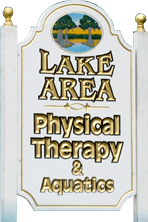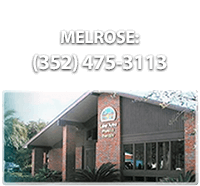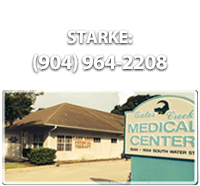Swan Neck Deformity - Finger Deformity
Introduction
A swan neck deformity occurs when the structures that keep the middle joint of your finger from bending back too far are injured, stretched or weakened. The injury causes the middle finger (proximal interphalangeal) joint to hyperextend. This situation causes an disturbance in the tendon system causing the end finger (distal interphalangeal) joint to bend (flex). This makes the finger appear crooked.A swan neck deformity can cause pain and loss of function. It is most commonly caused by rheumatoid arthritis. Treatments include splinting, hand therapy, and surgery.
Anatomy
Your fingers are made up of three bones called phalanges. Two joints separate the phalanges. The distal interphalangeal (DIP) joints are located near your fingertips. The proximal interphalangeal (PIP) joints are located in the middle of your fingers.The extensor tendons attach to your phalanges and allow your fingers to extend (straighten). Ligaments attach your bones to each other. The volar plate is a strong fibrous structure located on the palm side of the PIP joint. It functions to prevent hyperextension of your PIP joint.
Causes
A swan neck deformity occurs when the volar plate becomes torn, weakened, loose, or stretched. When the volar plate is affected, the PIP joint bends back too far and hyperextends. This causes the DIP joint to bend towards the palm of the hand in flexion. The result is a crooked finger with the characteristic swan neck deformity.Chronic inflammation from rheumatoid arthritis is the most common cause of swan neck deformity. Trauma or neurological conditions, such as cerebral palsy, stroke, Parkinson’s disease, and traumatic brain injury, can cause finger muscles to tighten and stretch the volar plate.
Symptoms
A swan neck deformity can cause your finger joints to feel painful and swollen. Your PIP joint will bend back too far in hyperextension and your DIP joint will bend in towards the palm of your hand. Finger function can be affected when the deformity is not flexible. Your finger will look crooked.Diagnosis
Your doctor can diagnose a swan neck deformity by examining your hand. X-rays will be taken to show joint alignment, joint damage, and to rule out fractures.Treatment
Some swan neck deformities can be treated with splinting and hand therapy. This works bests for finger joints that are flexible and not stiff. A hand therapist will show you exercises to stretch and strengthen your joints to gain function. Splinting is usually tried for at least six weeks.Surgery
Surgery may be necessary to reconstruct the skin, tendons, and ligaments that support the PIP joint. If the PIP joint is very damaged, an artificial joint may be surgically implanted to help restore movement, along with proper tendon balancing. This procedure is called Arthroplasty. In some cases, the bones in the finger may be surgically fused together and kept from moving. All types of surgery are followed by splinting and hand therapy rehabilitation.Recovery
A full recovery from swan neck deformity surgery can take up to six months. Recovery times for nonsurgical treatments can be from 8 to 12 weeks. Recovery is individualized and your doctor will let you know what to expect.Prevention
You should contact your doctor if you notice that you are developing a swan neck deformity. In many cases, early treatment is associated with the best outcomes. Following treatment, your hand therapist can recommend ways to perform your regular activities to help you avoid future injuries. You should participate in your home exercise program and wear your splint as instructed.
Copyright © - iHealthSpot Interactive - www.iHealthSpot.com
This information is intended for educational and informational purposes only. It should not be used in place of an individual consultation or examination or replace the advice of your health care professional and should not be relied upon to determine diagnosis or course of treatment.
The iHealthSpot patient education library was written collaboratively by the iHealthSpot editorial team which includes Senior Medical Authors Dr. Mary Car-Blanchard, OTD/OTR/L and Valerie K. Clark, and the following editorial advisors: Steve Meadows, MD, Ernie F. Soto, DDS, Ronald J. Glatzer, MD, Jonathan Rosenberg, MD, Christopher M. Nolte, MD, David Applebaum, MD, Jonathan M. Tarrash, MD, and Paula Soto, RN/BSN. This content complies with the HONcode standard for trustworthy health information. The library commenced development on September 1, 2005 with the latest update/addition on February 16, 2022. For information on iHealthSpot’s other services including medical website design, visit www.iHealthSpot.com.






